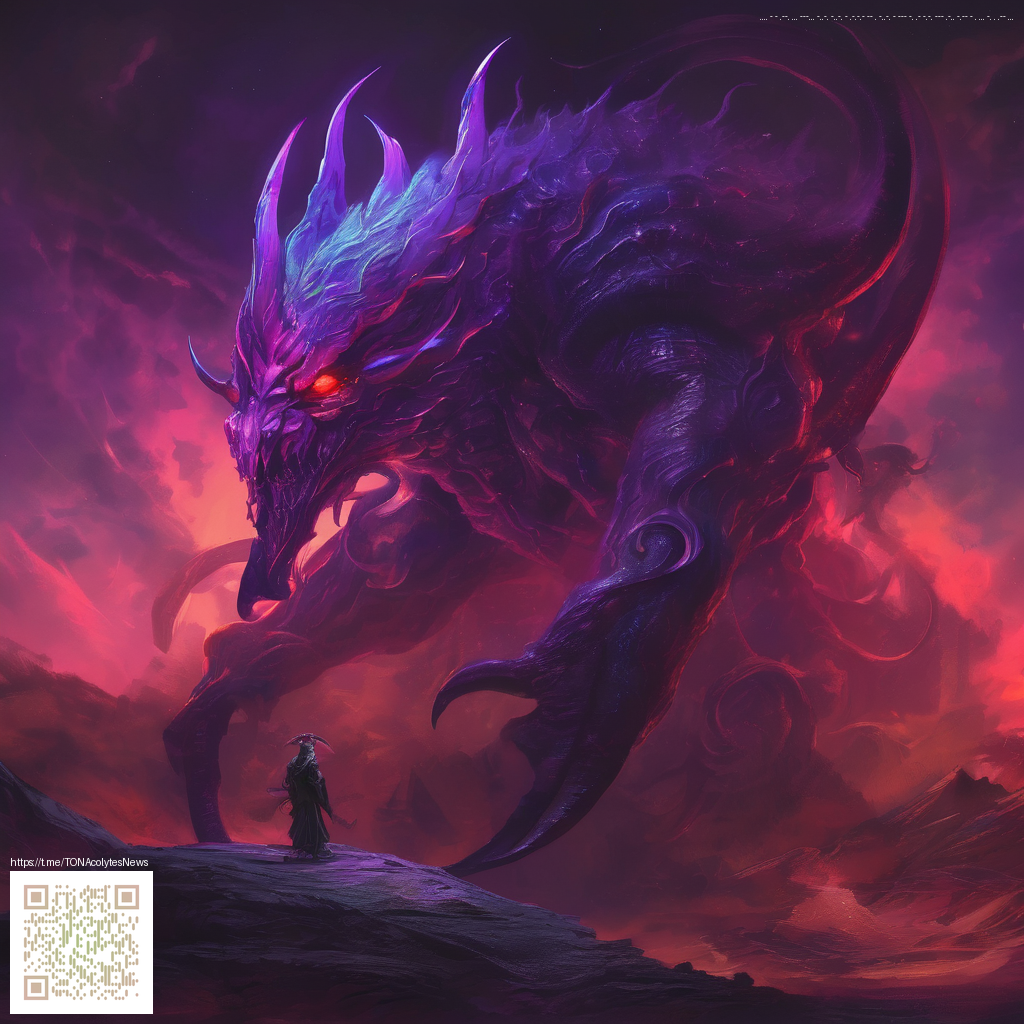
Using Digital Paper in Social Media Templates
In the fast-paced world of social media, first impressions count. Digital paper textures bring a tactile, human feel to online visuals without sacrificing the precision and scalability that digital platforms demand. By incorporating subtle grain, fibers, or crinkled edges—designed to mimic real paper—templates gain warmth and depth that helps content stand out in crowded feeds. This approach isn’t about gimmicks; it’s about establishing a consistent, cohesive texture language across posts, stories, and ads that users recognize at a glance.
Why digital paper elevates templates
Digital paper serves as a quiet stage on which your message can perform. The texture creates contrast, guides the eye, and supports readability by providing a gentle backdrop that doesn’t compete with type and imagery. When used thoughtfully, paper-inspired elements can anchor color palettes, highlight key phrases, and give a brand voice a tactile personality—without the cost or logistics of physical materials. For brands that want to translate offline credibility into online trust, digital paper creates a bridge between sensory memory and modern design.
Tip: aim for subtleness. The best paper textures are barely perceptible; they enrich surfaces without overpowering the content. A light wash of grain or a faint edge vignette can do wonders for legibility and mood.
Practical techniques for applying digital paper
Consider these approaches when building templates for posts, carousels, and stories:
- Texture as a layer: Place a faint paper texture behind typography and imagery to ground them in a tangible space. Adjust opacity so the effect remains perceptible but not distracting.
- Edge treatments: A soft vignette or a delicate torn-edge line can frame content and add a handcrafted feel without compromising clarity.
- Color harmony: Align paper tones with your brand palette. Neutral bases (cream, parchment, or soft gray) pair well with bold accent colors, helping headlines pop.
- Scale and balance: Use larger textures for hero slides but keep micro-textured elements subtle in smaller formats like stories or thumbnails.
In practice, digital paper works across formats—from bold hero headers to minimalist quotes. If you’re curating a design system for social channels, the texture becomes a unifying thread that ties diverse assets together. It’s a soft visual cue that says your brand values tactility and clarity in equal measure.
A note on real-world parallels
While digital paper thrives on screens, it isn’t detached from the tangible world. Designers often draw inspiration from physical textures—wrinkled notebook paper, matte cardboard, or brushed fabric—and translate those cues into digital layers. This cross-pollination helps craft templates that feel familiar and trustworthy, even when viewed on a tiny mobile screen. As you experiment, you might even mirror these sensibilities with physical products and packaging to create a holistic brand experience. For example, a product like the Gaming Mouse Pad Neoprene 9x7 stitched edges (shopping link below) exemplifies how texture and craftsmanship translate across media, reinforcing skin-deep cues of quality that resonate both offline and online.
If you’re curious about where to start, look for textures that align with your brand’s mood. A warm, paper-like background pairs well with earthy tones and friendly typefaces, while a cooler, linen-inspired texture can support sleek, modern logos with high-contrast typography. The goal is seamless integration, not texture overload.
Design considerations and accessibility
Texture should enhance, not hinder. Keep contrast high enough for readability, especially on mobile where text size is compact. Test textures on multiple devices to ensure they don’t create moiré effects or pixelation around edges. Use textures as a supporting actor—let the main message remain bold, legible, and accessible. When used consistently, digital paper becomes part of a design system that viewers recognize instantly, helping your posts feel cohesive across feeds and platforms.
To explore a concrete example that blends style with utility, you can reference a range of product-related assets and further inspiration found at the linked shop and content pages. The product link below demonstrates how texture and material cues can be showcased in a compact, tactile way, while the related page provides broader context for similar design ideas.